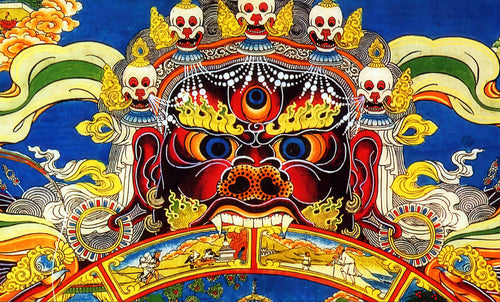
The Essences of Emotions
Rocco Fontana
If we smell the scent of a rose it warms our hearts. The scent of incense that spreads in places makes them purer and more spiritual, the balsamic and refreshing aroma of mint can stop the pain for a few seconds. But what are these scents that some plants emanate and why do they transmit such direct sensations, emotions and memories?
“The smell immediately tells you without mistakes what you need to know; there are no words, nor information more precise than that which the nose receives.”
Italo Calvino
The aromas released by some plant species, Essences of emotions , are droplets of essential oils that evaporate and spread into the environment. From a chemical point of view, essential oils are composed of very small and highly volatile molecules. They are contained, in a very concentrated form, in some parts of the so-called aromatic plants (seeds, flowers, leaves, branches, rhizomes/roots, bark). They are very compatible with the human organism and act on different levels, not only on the physical level, but also on the psychic and emotional level.
According to the alchemical tradition of Paracelsus , in Spagyria (the preparation of herbal remedies) the essential oil is obtained through steam distillation, which for alchemists represents a process of purification of the plant and symbolizes the alchemical philosophical principle of Sulfur, an ethereal fiery substance that connects with the emotional and spiritual body.
Indeed, when we perceive the aroma of an essential oil, in addition to its chemical characteristics, we breathe the vibration of the plant that evokes a world of symbols, images, even hidden memories and enters into resonance with our soul, changing and lightening moods, emotions and feelings.
How does the connection between essences and psyche occur? Every time our nose receives an odorous stimulus, the nasal mucosa, rich in ciliated neuronal cells, capture the scented molecules generating an electrical stimulus that reaches an area of our brain called the olfactory bulb which, in turn, sends the stimulus to the limbic system, thus bypassing the central nervous system. These stimuli, which reach some areas of our brain so quickly, trigger the production of various hormones, such as, for example, enkephalins which are involved in the reduction and regulation of the sensation of pain.
Research, passion and direct experience of using emotional aromatherapy have inspired me to build a tool to help me navigate the powerful, ethereal and delicate world of plant essences and their connections with emotions. So, after two years of work and study, I published theEmotions Cards , a deck of cards. Each card represents an essential oil of a specific plant and describes the positive action it has on different moods, emotions and negative thoughts. It is a method for unconsciously choosing the essence that could best correspond to us and help us change.
For those who would like to delve deeper into the topic and get more suggestions on how to use essential oils to take care of your emotions, to feel good in your mind and body, I plan to write a short essay that will be published by Fontana Editore . The initial part of the book will describe the use of plant perfumes in the history of man; then the methods of preparation and intake of essential oils will be presented and in the final part a fair number of theEmotions Cards will be reproduced, to facilitate the choice of oils that can help us create a serene atmosphere, free from stress, to promote concentration, restore joy, energy, desire to act and self-confidence.
Licia Rossi
















































